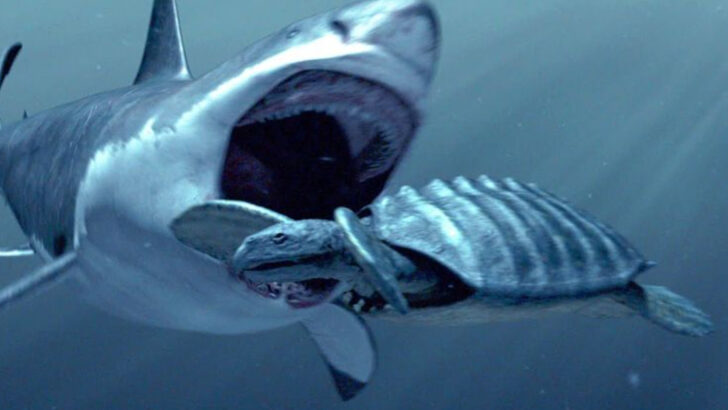It had teeth the size of your hand—and a bite that could crush a car. Megalodon wasn’t just a big shark. It was the greatest predator to ever swim the seas, the ultimate nightmare of anything unlucky enough to cross its path. No modern animal comes close to matching its raw power, size, or oceanic dominance. For over 20 million years, this prehistoric giant ruled the oceans without fear, taking down whales, dolphins, and anything else that moved. Fossils found on nearly every continent reveal a terrifying truth: Megalodon was everywhere. So what made it such an unstoppable force? Was it speed? Strategy? Those 7-inch serrated teeth? Let’s dive into the 18 reasons Megalodon wore the crown—and why no predator since has measured up.
Massive Size
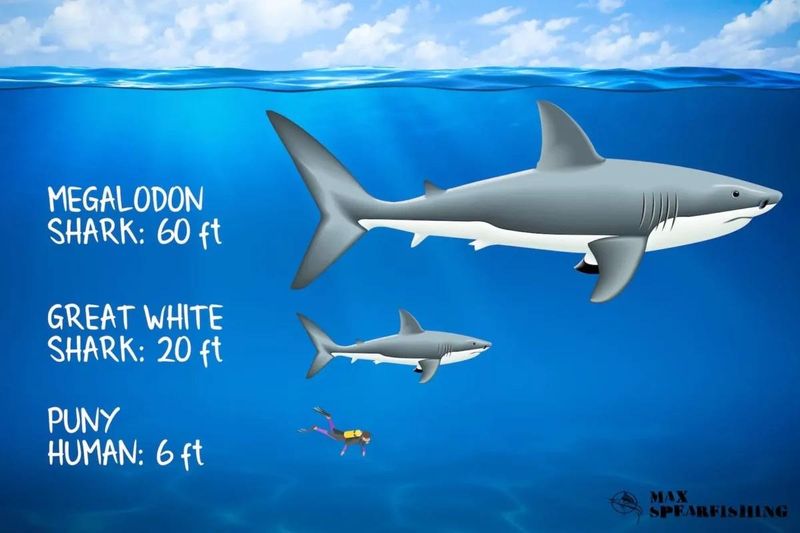
The megalodon was a true behemoth of the seas, reaching lengths of up to 60 feet. This made it three times larger than the modern great white shark, a fact that underscores its status as an oceanic giant. Imagine a creature so large that it could easily dwarf a school bus. Such immense size provided it with unparalleled physical presence in the aquatic realm, deterring potential rivals and securing its role as a top predator. This monumental size also meant that the megalodon required vast amounts of food, leading it to develop keen hunting strategies to sustain itself.
Jaw Power
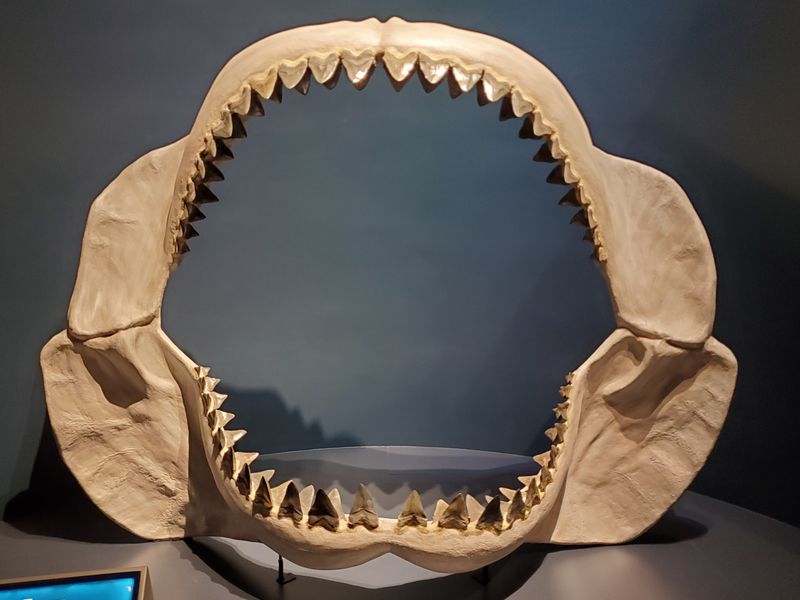
With a bite force estimated at over 40,000 pounds per square inch, the megalodon possessed the most powerful bite of any known predator in Earth’s history. This incredible force allowed it to crush bones and tear flesh with ease. The structure of its jaws was built to maximize pressure, ensuring that once prey was caught, escape was nearly impossible. Such a formidable bite was crucial for hunting large and strong marine animals, such as whales. This unmatched jaw strength epitomized the megalodon’s role as a dominant predator, unmatched by any other.
Gigantic Teeth
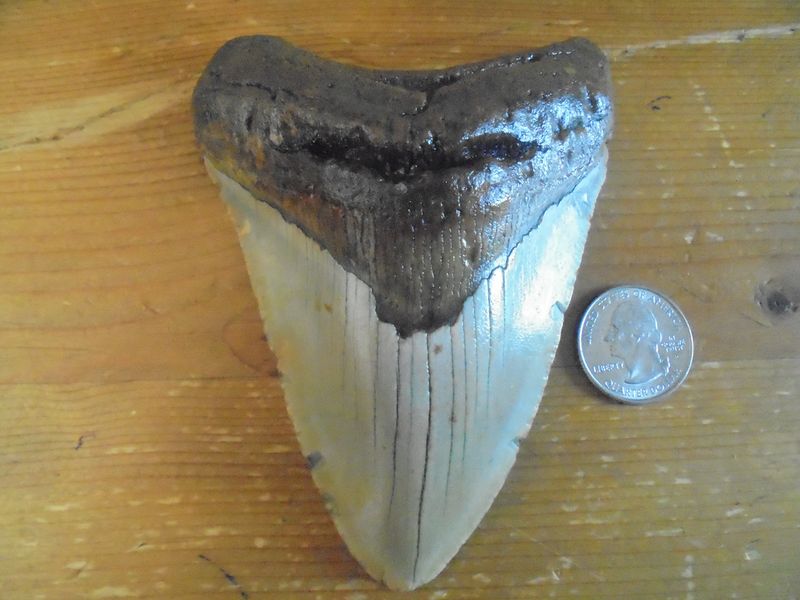
One of the most iconic features of the megalodon was its gigantic teeth, some of which exceeded 7 inches in length. These serrated teeth were perfectly designed for tearing through flesh and bone, making them highly effective tools for hunting. The size and shape of these teeth were not just for show; they were vital for its predatory lifestyle. Each tooth was a testament to its evolutionary adaptations, ensuring that the megalodon remained at the top of the food chain. Fossilized teeth are often the primary evidence of its existence, scattered across the globe.
Global Range
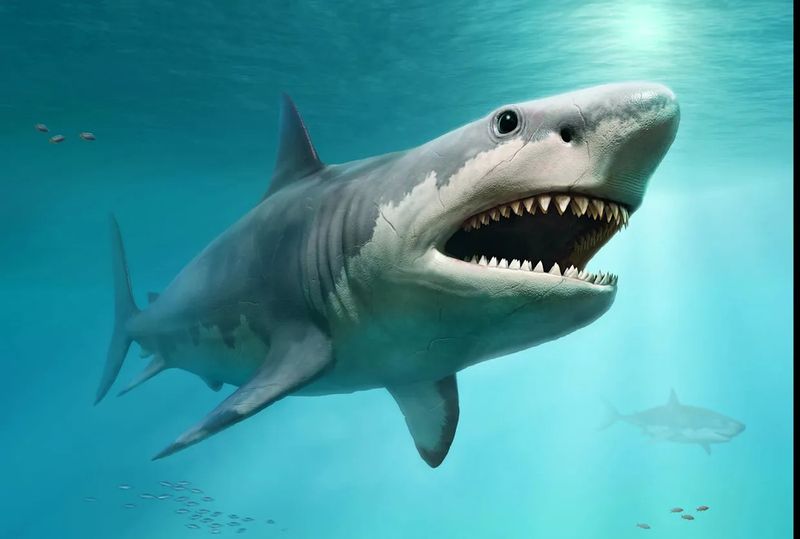
The megalodon’s reign was not confined to a single ocean; it swam in warm waters worldwide. Fossil evidence indicates its presence across the Americas, Europe, Asia, and Africa. Such a wide distribution underscores its adaptability and dominance in various marine environments. By inhabiting a range of regions, the megalodon could exploit diverse prey populations. This global reach also reflects its ability to navigate vast distances, a prerequisite for finding suitable habitats and sustaining its large body. Its worldwide presence further cements its status as a true ocean king.
Fast Swimmer
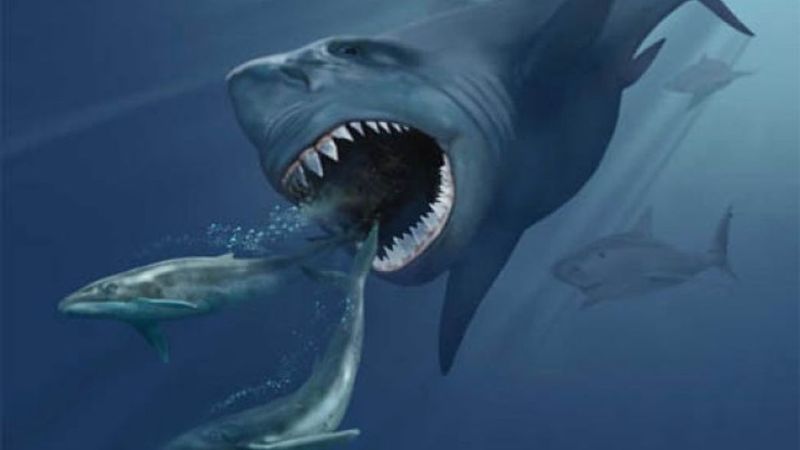
Despite its enormous size, the megalodon was likely a fast swimmer, with estimates suggesting it could reach speeds between 11 and 25 mph. This speed was essential for ambushing prey and made it an efficient hunter. Its streamlined body, powerful tail, and muscular build all contributed to its ability to move quickly through the water. This agility allowed the megalodon to close in on unsuspecting prey swiftly, reducing the chances of escape. Being a fast swimmer was a vital adaptation, ensuring the megalodon maintained its position as a top predator in the ocean’s hierarchy.
Perfect Ambusher
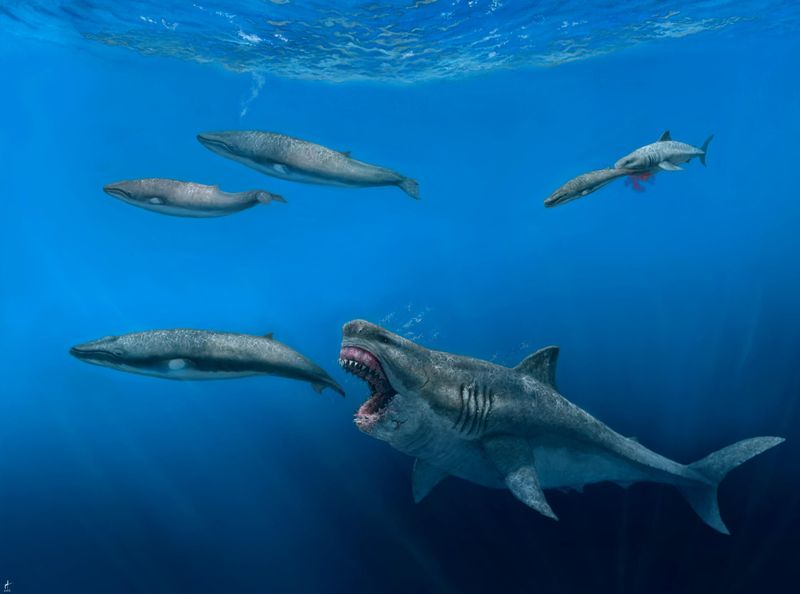
The megalodon was not only powerful but also a master ambusher. Much like modern sharks, it likely employed a stealthy approach by attacking from below, targeting the vulnerable bellies of whales and other large prey. This method of ambush minimized the risk of injury from struggling prey and maximized the chances of a successful kill. By exploiting the element of surprise, the megalodon could efficiently take down even the largest marine animals. Its ability to combine raw power with strategic hunting tactics made it a formidable and cunning predator in the ocean’s depths.
Whale Killer
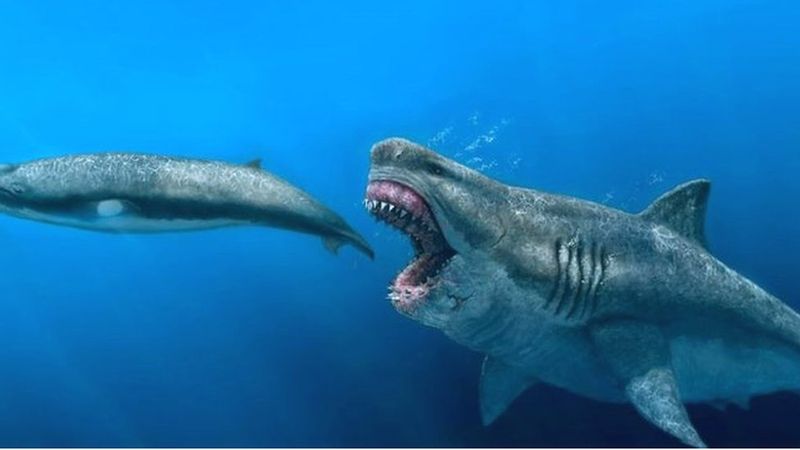
Whales formed a significant part of the megalodon’s diet, highlighting its status as a top-level predator. Fossil evidence suggests that early whales, along with seals and colossal fish, were prime targets for this giant shark. Hunting such large creatures required not just power, but also strategic intelligence. The megalodon’s ability to target and overpower these massive marine mammals solidified its place at the top of the food chain. This predation on whales also played a role in shaping marine ecosystems, influencing the distribution and behavior of other ocean inhabitants.
No Natural Enemies
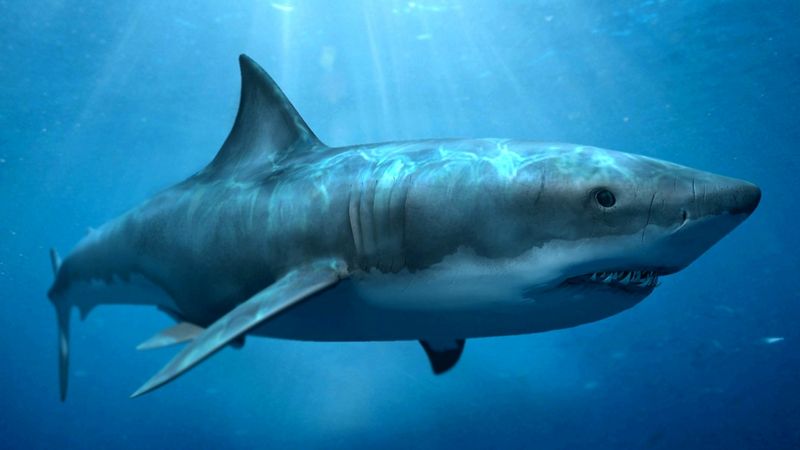
As an apex predator, the megalodon enjoyed a life free from fear of being hunted. Once fully grown, it had no natural enemies, allowing it to roam the oceans with unmatched confidence. This lack of predators meant that the megalodon could focus entirely on hunting and reproducing, without concern for being targeted itself. Its dominant position ensured that it played a crucial role in regulating marine populations, maintaining a balance within its ecosystem. The absence of natural threats further empowered the megalodon to evolve into one of the ocean’s most formidable predators.
Early Start
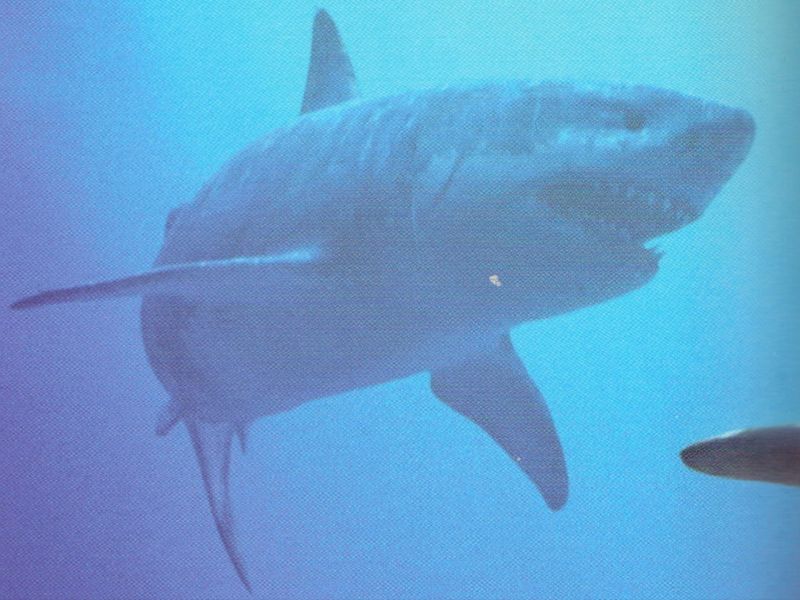
Even as juveniles, megalodons were well-equipped to be hunters. Born with large teeth and powerful jaws, young megalodons had a head start in becoming adept predators. This early development of vital hunting tools allowed them to capture prey and fend for themselves from a young age. The ability to hunt effectively from an early age increased their chances of survival and ensured a smooth transition into adulthood. This head start in life was essential for maintaining their numbers and dominance, as they quickly adapted to the challenges of the marine environment.
Long Reign
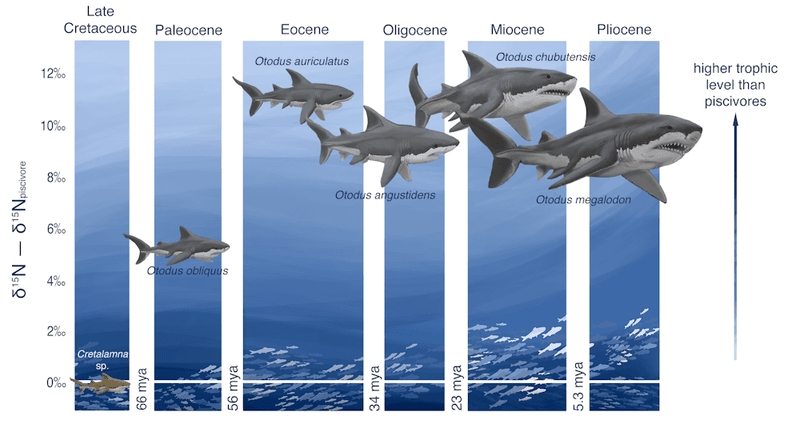
The megalodon’s reign as the ocean’s king spanned over 20 million years, from approximately 23 to 3.6 million years ago. During this extensive period, the megalodon maintained its dominance, adapting to various environmental changes. Its long-lasting presence is a testament to its evolutionary success, highlighting its ability to survive through different geological epochs. This extended rule allowed the megalodon to leave a profound impact on oceanic ecosystems. Its ability to thrive for millions of years illustrates not only its adaptability but also its significant role in shaping marine life throughout history.
Thermoregulation
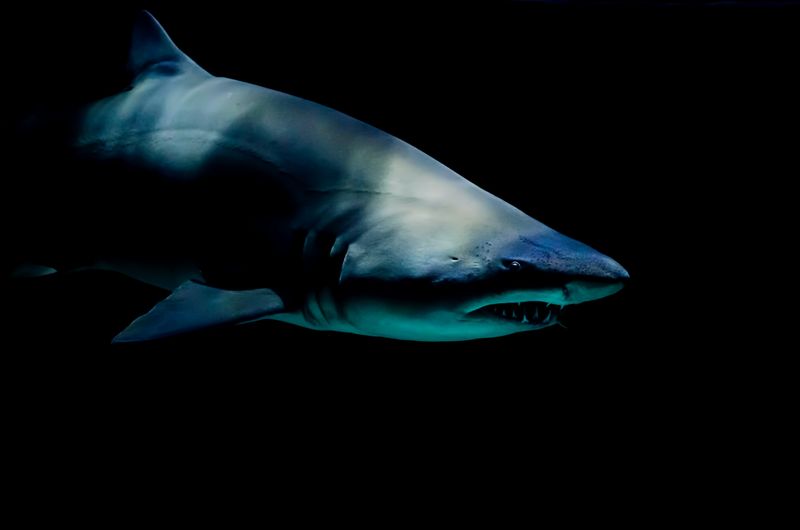
The possibility that the megalodon had regional endothermy, or partial warm-bloodedness, adds an intriguing layer to its predatory prowess. This adaptation might have allowed it to maintain higher body temperatures, providing a significant hunting advantage in cooler waters. By regulating its internal temperature, the megalodon could potentially expand its hunting grounds, targeting prey in a variety of thermal environments. This ability to thrive in diverse climates further solidified its dominance across the globe, enabling it to exploit niches that other predators could not, thus maintaining its vast empire beneath the waves.
Efficient Killer
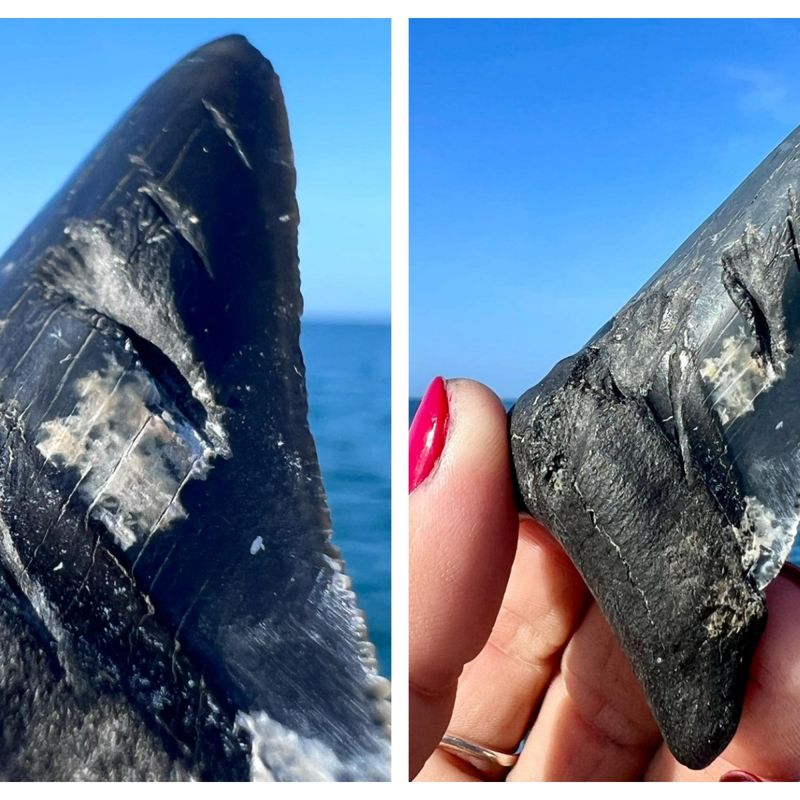
Studies of fossilized whale bones reveal precise bite marks that suggest the megalodon targeted kill zones, such as chest cavities and fins. This level of precision indicates that the megalodon was an efficient killer, using its strength and intelligence to incapacitate prey quickly. By focusing attacks on vital areas, it ensured that its meals were acquired with minimal energy expenditure. This efficiency not only conserved energy for future hunts but also demonstrated the megalodon’s deep evolutionary understanding of its prey. Its ability to kill swiftly and effectively was key to its survival and reign as a marine apex predator.
Huge Range of Prey
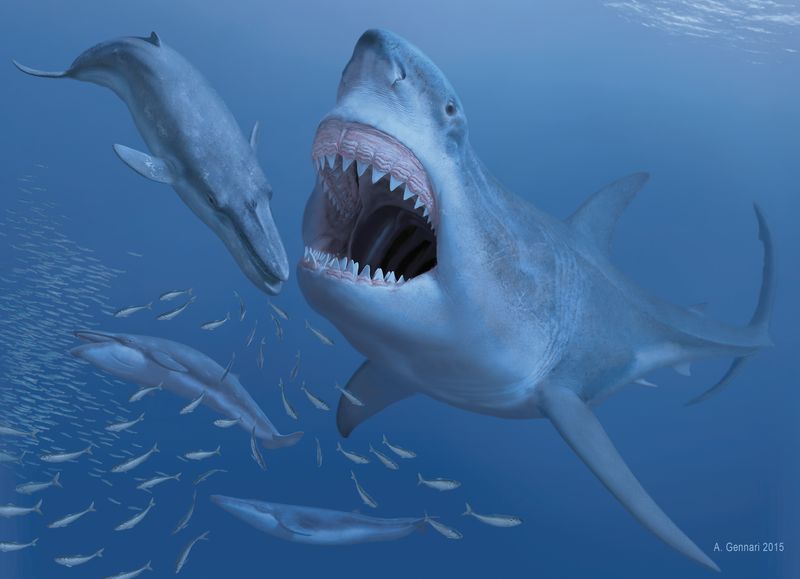
The megalodon’s diet was as diverse as its hunting skills were formidable. Its menu included baleen whales, dolphins, seals, and even other sharks. This varied diet ensured a rich intake of calories and nutrients necessary to sustain its gigantic size. By preying on numerous marine species, the megalodon could exploit different parts of the ocean’s food web. This dietary flexibility meant it could adapt to changes within marine ecosystems, ensuring a consistent food supply. Its ability to consume a wide range of prey was a crucial factor in its long-standing dominance in the ancient oceans.
Dominated Continental Shelves
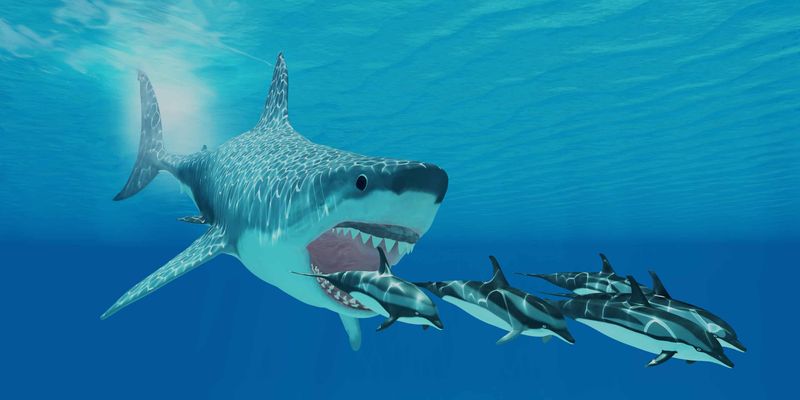
The megalodon primarily hunted in shallow, coastal waters known as continental shelves, which were abundant with marine life. These areas provided ideal hunting grounds for ambushes and energy-efficient feeding strategies. The dense populations of prey in these regions made them perfect for the megalodon’s hunting style, allowing it to exert minimal effort for maximum gain. By dominating these productive ecosystems, the megalodon could maintain its energy reserves while exerting its influence over vast marine territories. Its preference for these fertile hunting grounds was key to its success and longevity as an apex predator.
Survived Climate Shifts

Despite facing multiple periods of ocean cooling, the megalodon managed to survive, outlasting many other marine predators of its time. This resilience in the face of climate shifts showcases its adaptability and resourcefulness. By altering its hunting strategies and exploring new territories, the megalodon could continue to thrive even as environmental conditions changed. However, its eventual extinction highlights the challenges even the most formidable creatures face over time. Its ability to endure for so long, however, speaks volumes about its evolutionary success and the lasting impression it left on the marine world.
Complex Hunting Strategy
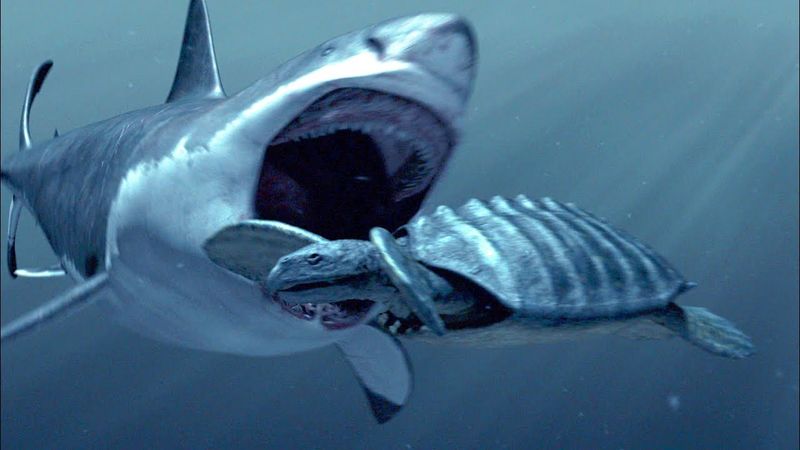
The megalodon’s hunting strategy went beyond mere brute force; it employed complex tactics to incapacitate prey. By targeting areas that would prevent escape, such as fins and tails, it ensured that its quarry was immobilized before feeding. This strategic approach minimized the energy expenditure required for hunting, allowing the megalodon to conserve energy for subsequent hunts. Such intelligence in hunting reflects the megalodon’s advanced adaptation to its environment, optimizing its predatory efficiency. Its ability to combine strength with strategy made it one of the most successful predators to have ever roamed the oceans.
Razor-Sharp Teeth Regrowth

Like modern sharks, the megalodon had the remarkable ability to constantly replace its teeth, ensuring they remained razor-sharp. This continuous regrowth was vital for maintaining its effectiveness as a hunter, as dull teeth would hinder its ability to capture and consume prey. The process of replacing teeth allowed the megalodon to adapt to wear and tear, providing a fresh set of keen-edged tools for every hunt. This adaptation highlights the megalodon’s evolutionary success in sustaining its predatory dominance. By always keeping its teeth in optimal condition, the megalodon ensured it remained an unrivaled force in the ocean.
Skeleton Built for Power
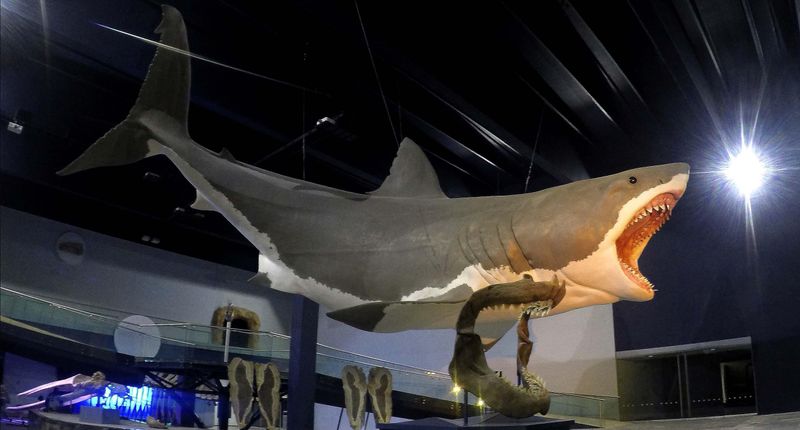
Despite being composed mainly of cartilage, the megalodon’s skeleton was designed for power and mobility. Its gigantic vertebrae supported intense muscle mass, allowing for swift and powerful movements in the water. The jaw structure, in particular, was built to withstand the immense pressure exerted during its ferocious bite. This skeletal design provided the foundation for its incredible strength and agility, enabling it to pursue and capture prey with precision. The megalodon’s robust skeletal framework was a key component of its dominance, supporting its role as a relentless predator in the ancient seas.

